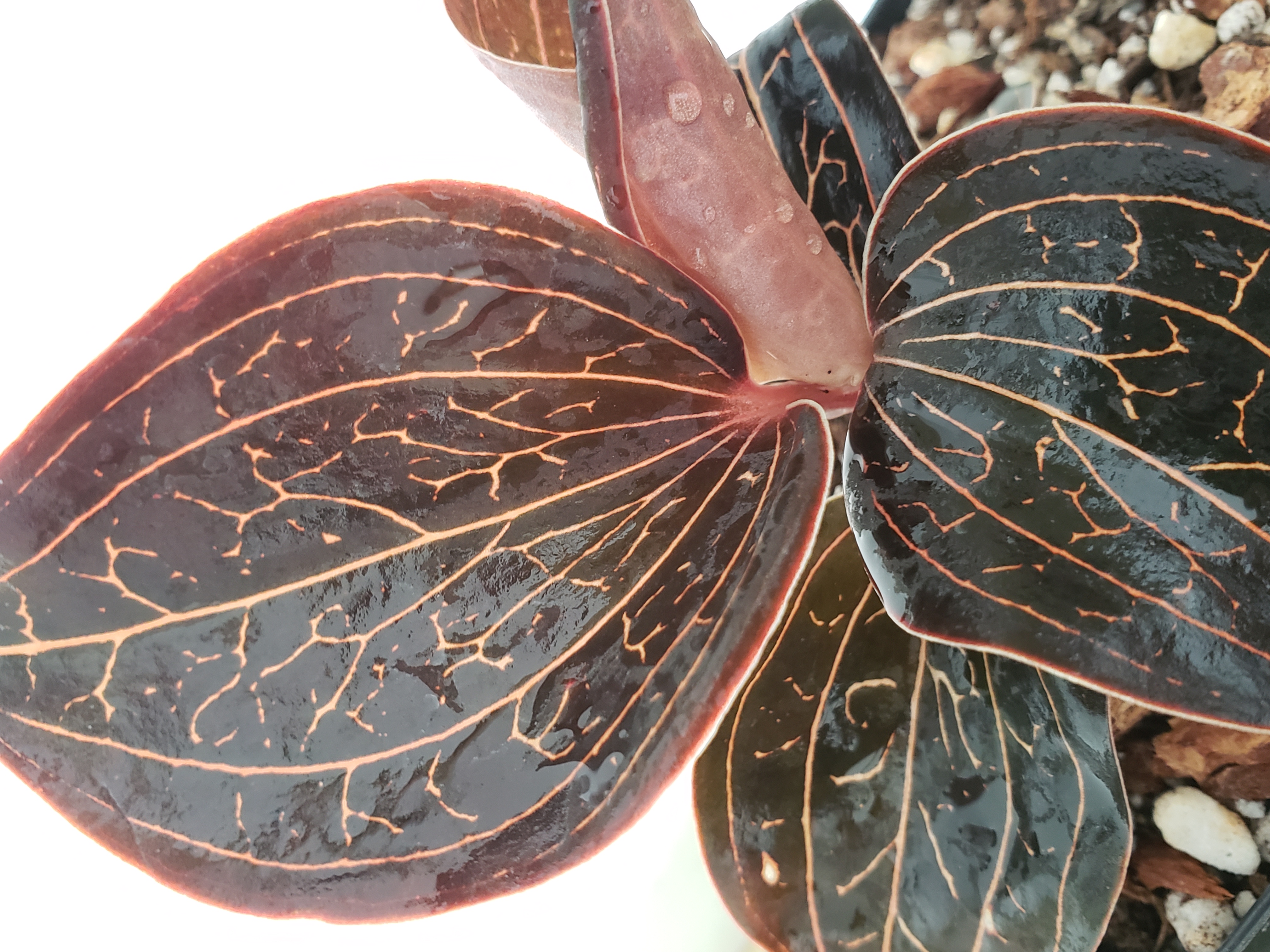Anoectochilus Chapaensis
If you're an orchid enthusiast, you might have heard of anoectochilus chapaensis, also known as the Jewel Orchid. But did you know that this exquisite plant is more than just a beautiful addition to your collection? In this article, we'll take a closer look at anoectochilus chapaensis and its fascinating properties.
Pain Points Related to Anoectochilus Chapaensis
Have you ever struggled to find the perfect spot for your orchids? Maybe you've tried different lighting conditions or experimented with various types of soil, but your plants just don't seem to thrive. Or perhaps you've encountered problems with pests or diseases that are difficult to manage. These are common pain points for orchid growers, and they can be especially frustrating when you have a prized specimen like anoectochilus chapaensis.
The Target of Anoectochilus Chapaensis
Anoectochilus chapaensis is a terrestrial orchid that is native to Southeast Asia, including China and Vietnam. It is prized for its striking foliage, which features deep green leaves with metallic silver veins. The plant also produces delicate flowers that range in color from white to pale pink. But what really sets anoectochilus chapaensis apart is its ability to tolerate low light conditions, making it a great choice for indoor growing.
Summary of Main Points
In summary, anoectochilus chapaensis is a stunning orchid species that offers unique benefits for growers. Its striking foliage and delicate flowers will enhance any collection, and its ability to tolerate low light conditions makes it a great choice for indoor growing. If you're looking for a low-maintenance orchid that is as beautiful as it is resilient, anoectochilus chapaensis might be the perfect choice for you.
My Personal Experience with Anoectochilus Chapaensis
I first discovered anoectochilus chapaensis while browsing for orchids online. I was immediately drawn to its striking appearance, and I decided to purchase one for my collection. I was pleasantly surprised by how easy it was to care for – unlike some of my other orchids, it didn't require a lot of attention or special conditions to thrive. Plus, its metallic silver veins added a unique touch to my collection, and I loved watching it grow and change over time.
Tips for Growing Anoectochilus Chapaensis
If you're interested in growing anoectochilus chapaensis, here are a few tips to help you get started:
- Plant your anoectochilus chapaensis in well-draining soil that contains a mix of bark, perlite, and sphagnum moss.
- Water your plant regularly, but avoid overwatering – make sure the soil is moist but not overly saturated.
- Provide your plant with low to medium light conditions, as direct sunlight can scorch its leaves.
- Maintain a consistent temperature range of 60°F to 80°F, and avoid exposing your plant to cold drafts.
The Benefits of Anoectochilus Chapaensis
In addition to its unique appearance and low-maintenance care, anoectochilus chapaensis offers a range of benefits to growers. For example, this species is known for its ability to purify the air and remove harmful toxins, making it a great choice for improving indoor air quality. It also has medicinal properties and is used in traditional Chinese medicine to treat a variety of ailments.
The Future of Anoectochilus Chapaensis
As more people discover the unique benefits and beauty of anoectochilus chapaensis, this species is likely to become more widely available and popular among orchid enthusiasts. By incorporating this incredible plant into your collection, you can not only enhance your indoor space but also reap the many benefits that it offers.
Question and Answer
Q: What is the best lighting for anoectochilus chapaensis?
A: Anoectochilus chapaensis prefers low to medium light conditions, so it should be placed in a spot that receives indirect sunlight or filtered light.
Q: How often should I water my anoectochilus chapaensis?
A: Water your plant regularly, but make sure not to overwater – the soil should be moist but not overly saturated. Generally, watering once a week is sufficient, but you can adjust based on your environment and specific plant needs.
Q: Can I keep my anoectochilus chapaensis outdoors?
A: Anoectochilus chapaensis is a tropical plant and is not suited to extreme temperatures or conditions. It is best grown indoors or in a controlled environment to ensure optimal growth and health.
Q: Does anoectochilus chapaensis have any unique requirements for fertilizer?
A: Anoectochilus chapaensis benefits from regular fertilization, but it is important to use a fertilizer that is formulated for orchids. Avoid over-fertilizing, as this can damage the plant's roots and lead to poor growth.
Conclusion of Anoectochilus Chapaensis
Anoectochilus chapaensis is a remarkable orchid species that offers a range of benefits for growers. Its stunning foliage and delicate flowers are visually appealing and easy to care for, making it a great choice for beginners and more experienced growers alike. By incorporating anoectochilus chapaensis into your collection, you can enjoy its unique beauty and reap the many benefits that it offers.
Gallery
Red Jewel Orchid (Anoectochilus Chapaensis) | EdenCPs

Photo Credit by: bing.com / anoectochilus orchid edencps
Anoectochilus Chapaensis (Jewel Orchid) | Jewel Orchid, Orchids, Orchid

Photo Credit by: bing.com / anoectochilus orchid jewel orchidweb
Anoectochilus Chapaensis, Jewel Orchid, Live Potted Plant | Blue Ridge

Photo Credit by: bing.com / anoectochilus potted
Red Jewel Orchid (Anoectochilus Chapaensis) | EdenCPs

Photo Credit by: bing.com / anoectochilus orchid edencps
PlantFiles Pictures: Species Orchid, Chapa Anoectochilus (Anoectochilus

Photo Credit by: bing.com / anoectochilus orchid plant orchids foliage ruk courtesy her chapa species jewel todd boland davesgarden